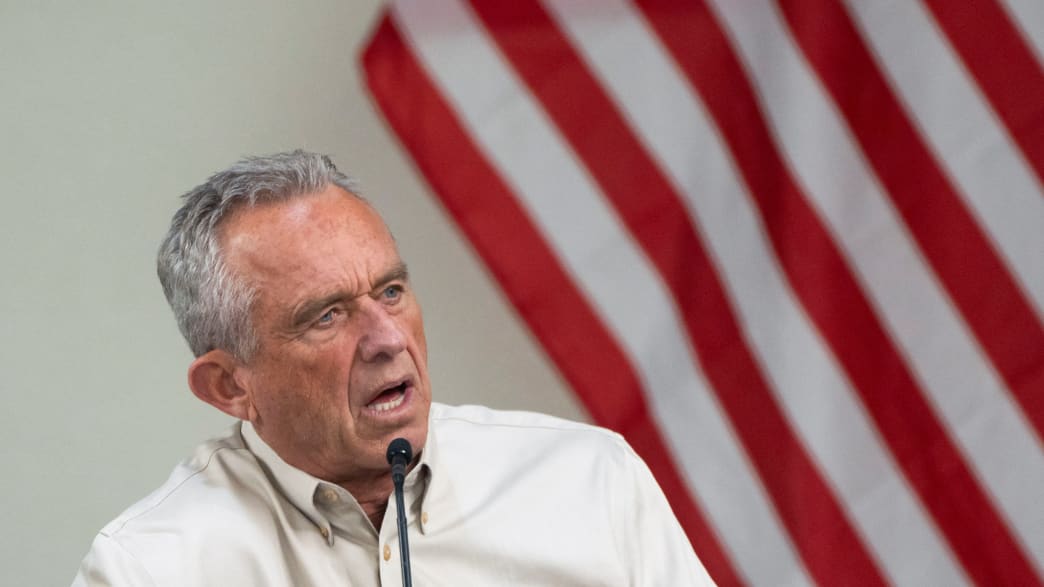House Judiciary Committee Scrutinizes DOJ After Attempted Assassination of Trump
The recent assassination attempt on former President Donald Trump has spurred the House Judiciary Committee to probe the Department of Justice's security measures for U.S. Supreme Court justices.
The inquiry, led by Judiciary chairman Jim Jordan, seeks to understand the DOJ's protection protocols for SCOTUS justices in light of escalating threats against federal officials on a broader scale, as Breitbart reports.
On July 13 in Butler, Pennsylvania, a grave incident unfolded as former President Donald Trump, engaging with supporters at an outdoor rally, was targeted in an assassination attempt. During his address, an assailant fired shots, one of which narrowly missed causing severe injury to the former president by grazing Trump’s right ear.
The shooter, identified as 20-year-old Thomas Matthew Crooks, was quickly neutralized by the Secret Service, but not before causing a chaotic scene that resulted in his own death. The violence not only shook those present but also reverberated through the national security apparatus, questioning the adequacy of protective measures for high-profile figures.
Immediate Aftermath and Secret Service Scrutiny
In the wake of the shooting, the Secret Service came under intense scrutiny. Director Kimberly Cheatle faced Congress but struggled to adequately explain the breach in security that allowed the gunman to come so close to harming the former president. Her inability to provide satisfactory answers eventually led to her resignation.
This incident has raised pertinent questions about the safety protocols for not just the president but also other federal officials, including the Supreme Court justices, who may be similarly vulnerable to such threats.
Recognizing the potential implications for judicial security, Jordan swiftly responded by launching an investigation into the Department of Justice’s role in ensuring the safety of the Supreme Court justices.
House Judiciary Committee Takes Action
The probe into the DOJ, announced by Jordan, was catalyzed by this recent attempt on Trump's life and the broader climate of incendiary rhetoric towards federal officials. Jordan has formally requested a briefing from Attorney General Merrick Garland to be delivered by Aug. 6, emphasizing the urgency of the situation.
According to Jordan, the alarming event of July 13 signified a significant threat not only to former President Trump but also a broader risk to federal officials, prompting an immediate need to reassess the DOJ's current security strategies. His request aims to clarify the measures in place and possibly enhance them.
Rhetoric and Risks: The Safety of Federal Officials
During a subsequent interview at the Republican National Convention, Jordan remarked, "The good Lord saved Trump from being killed." This statement not only highlighted the severity of the event but also underscored the perceived divine intervention in Trump's survival.
Moreover, Jordan has been vocal in connecting the aggressive political rhetoric prevalent today with the heightened threats faced by federal officials, including Supreme Court justices. His comments have drawn attention to the potential vulnerabilities and the need for robust security frameworks.
The House Judiciary Committee, authorized by the Rules of the House of Representatives to oversee the Justice Department, has now taken a pivotal role in scrutinizing the adequacy of protective measures provided to judicial figures amid increasing threats.
Broader Implications for Justice and Security
This probe not only seeks to uncover the effectiveness of current security arrangements but also to set a precedent for how similar threats might be handled in the future. It aims to ensure that all justices of the Supreme Court, and by extension other federal officials, are adequately protected against similar threats.
The actions taken by the House Judiciary Committee could lead to significant changes in how security protocols are structured and implemented across all branches of federal service, thereby strengthening the safety net around key government figures.
As the investigation progresses, it will likely shed light on potential gaps in the existing security measures and set the stage for enhanced protocols to safeguard the nation’s highest officials.
Conclusion: Reassessing Security Across the Board
In conclusion, the assassination attempt on former President Trump has catalyzed a critical examination of security practices at the highest levels of government. This examination is not only about ensuring the safety of a former president but extends to all key figures in the federal judiciary and beyond.
As Jordan leads this inquiry, the outcomes could prompt significant enhancements in security measures, reflecting a government that adapts to the evolving threats of a volatile political climate.
The House Judiciary Committee’s actions could very well redefine the standards of protection afforded to those who serve the United States at its highest judicial and executive levels.



